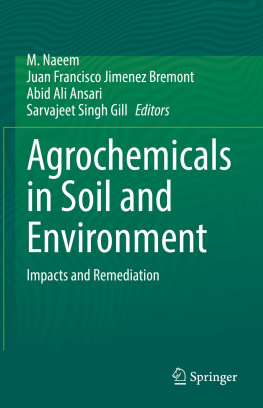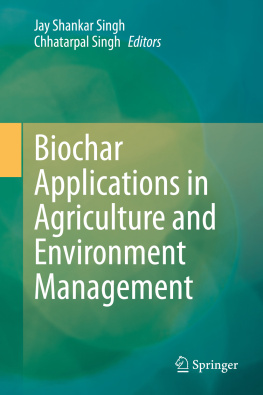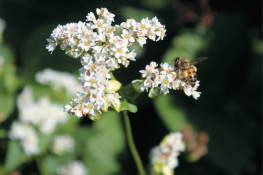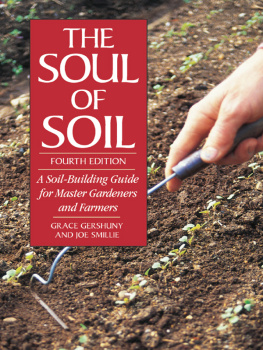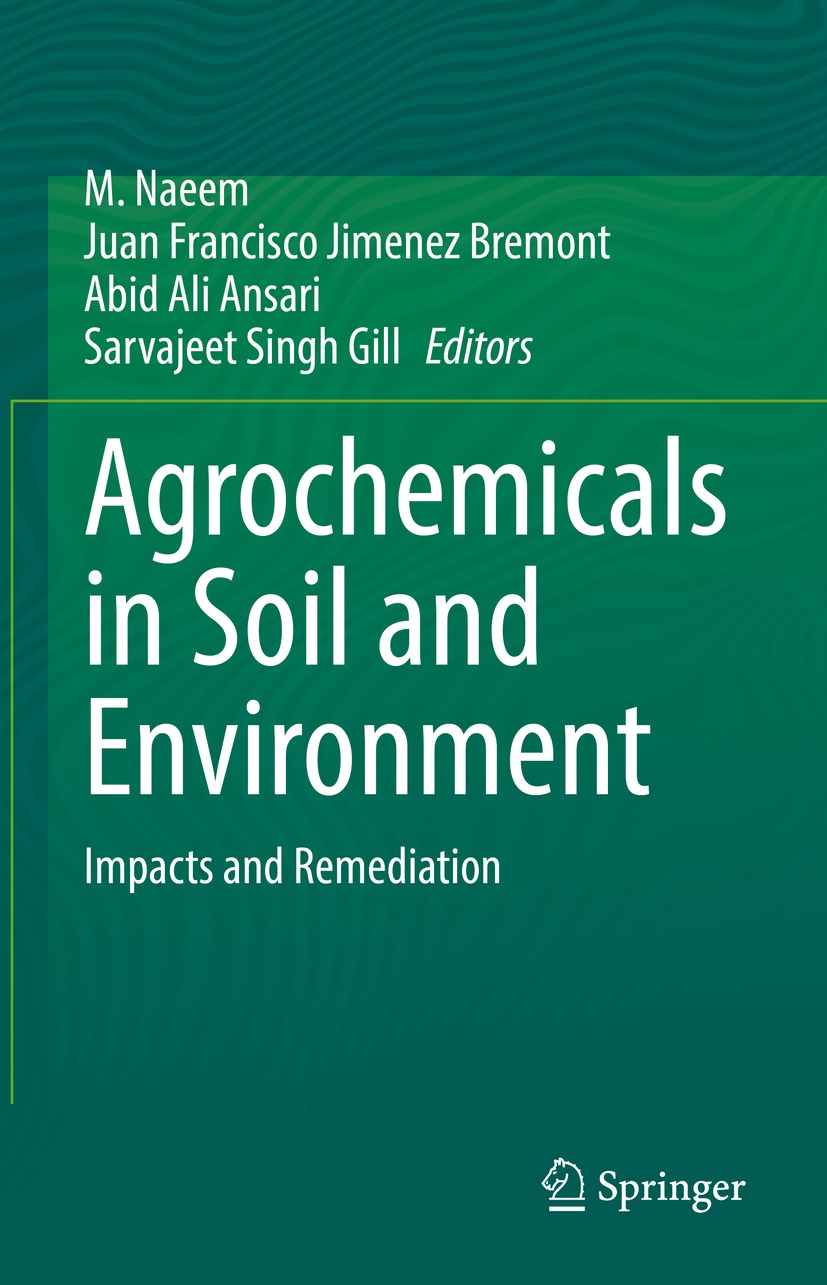Editors
M. Naeem
Department of Botony, Aligarh Muslim University, Aligarh, Uttar Pradesh, India
Juan Francisco Jimenez Bremont
Division de Biologa Molecular, Instituto Potosino de Investigacin Cientfica y Tecnolgica (IPICyT), San Luis Potos, Mexico
Abid Ali Ansari
Department of Biology, Faculty of Science, University of Tabuk, Tabuk, Saudi Arabia
Sarvajeet Singh Gill
Stress Physiology and Molecular Biology Lab, Centre for Biotechnology, Maharshi Dayanand University, Rohtak, Haryana, India
ISBN 978-981-16-9309-0 e-ISBN 978-981-16-9310-6
https://doi.org/10.1007/978-981-16-9310-6
The Editor(s) (if applicable) and The Author(s), under exclusive license to Springer Nature Singapore Pte Ltd. 2022
This work is subject to copyright. All rights are solely and exclusively licensed by the Publisher, whether the whole or part of the material is concerned, specifically the rights of translation, reprinting, reuse of illustrations, recitation, broadcasting, reproduction on microfilms or in any other physical way, and transmission or information storage and retrieval, electronic adaptation, computer software, or by similar or dissimilar methodology now known or hereafter developed.
The use of general descriptive names, registered names, trademarks, service marks, etc. in this publication does not imply, even in the absence of a specific statement, that such names are exempt from the relevant protective laws and regulations and therefore free for general use.
The publisher, the authors and the editors are safe to assume that the advice and information in this book are believed to be true and accurate at the date of publication. Neither the publisher nor the authors or the editors give a warranty, expressed or implied, with respect to the material contained herein or for any errors or omissions that may have been made. The publisher remains neutral with regard to jurisdictional claims in published maps and institutional affiliations.
This Springer imprint is published by the registered company Springer Nature Singapore Pte Ltd.
The registered company address is: 152 Beach Road, #21-01/04 Gateway East, Singapore 189721, Singapore
Foreword
Man is the only animal that fouls its own nest. This quote sits true when we think about the rising use or rather abuse of agrochemicals in modern-day agriculture. In the quest for better profitability, agrochemicals came into existence but eventually they have become a major source of environmental pollution. Harmful impacts of agrochemicals are embedded in soil, water, air and even in human health. The rising trend of abuse of agrochemicals, which were introduced in the market in order to improve crop quality, is alarming. Thus, it requires mass spread of awareness as well as implementation of proper guidelines with sustainable and strategic planning for lowering their impact on the environment and ultimately humans.
M. Naeem and team did a commanding job to compile a comprehensive volume on the very important and challenging area Agrochemicals in Soil and Environment: Impacts and Remediation. The editors have nicely teamed up with the global subject experts to cover up a variety of chapters on agrochemicals and their impact on crop productivity. This book comprises five parts: Part I constitutes of an overview of agrochemicals in soil and environment with an in-depth discussion on what imbibes agrochemical pollution and highlighting studies where they are found in the soil and environment. Following the introduction, this part discusses detection, treatment and remediation measures detailing occurrence, source and type of agrochemicals with their environmental impacts and describes their strategic abatement. It also details the effect of agrochemicals on the texture, productivity, native microflora and nutritional balance of the soil microbiome. Various management strategies including the 4-point plan have been described in this part with a step-by-step approach to the management of agriculture pollution. Further advantages and challenges for developing an intergenerational community-based approach against agrochemical pollution have been highlighted. Part II discusses integrated pest management strategies on providing proper guidance to farmers for handling of pesticides and a detailed demonstration of how pesticides end up in every part of our ecosystem especially air, water, food wildlife, etc. Further, this part explains the magnitude of this problem with examples of deltamethrin (insecticide) and glyphosate (herbicide) by discussing their harmful effects on environment, wildlife and humans. Later in this part, abuse and impact of insecticides on the environment with proper management strategies have been suggested.
In Part III, the chapters include an in-depth mobility assessment of trace elements in the soil and ecosystem. This is followed by a detailed discussion on the serpentine soilplant relations in order to analyse the effects of nutrient enrichment on low nutritional ecosystems. In addition, how soil erosion and sedimentation can deeply impact agriculture as contaminants have been elaborated in one of the chapters in this part. Lastly, plastics and their detrimental environmental impacts have been reviewed. Further, Part IV goes on to discuss heavy metals such as lead and cadmium and their impacts on plants and human health in addition to exploring the link between crude oil and heavy metal contamination in the farmlands. Lastly, this part strategizes to alleviate arsenic stress from cultivated plants along with guide lining implementable management tips to ward off trace elemental effects from the soil.
Lastly, Part V consists of various remediation strategies for agrochemicals present in the soil and environment along with toxicity alleviation of heavy metals from agricultural crops through the use of metal-resistant bacteria. In addition, bioremediation strategies are employed to mitigate the impact of atrazine from the environment as well as aspergillus-mediated bioremediation of agrochemicals have been expanded in detail in its chapters. The implications of using phytohormones as agrochemicals under dynamic environmental conditions have also been explored in this part. Finally, the role of genetically modified bacteria for alleviating of agrochemical impact on the environment as well as use of omics as molecular blueprint for agrochemical remediation has been discussed in detail. In conclusion, although marketing agrochemicals as fancy pesticides, insecticides, fungicides, rodenticides, etc. is no doubt profitable and intriguing, it is also undeniable that it is also leading us towards a future with polluted soil and environment. Thus, this book was written in order to instil awareness and explore proper management strategies so as to promote a judicious and conscious approach towards the production, marketing and abuse of agrochemicals.
The challenges of agrochemicals in soil and environment are visible and I heartily appreciate the editors and contributing authors dedication to discuss the impact of agrochemicals and remediation strategies that can address the problem significantly.

